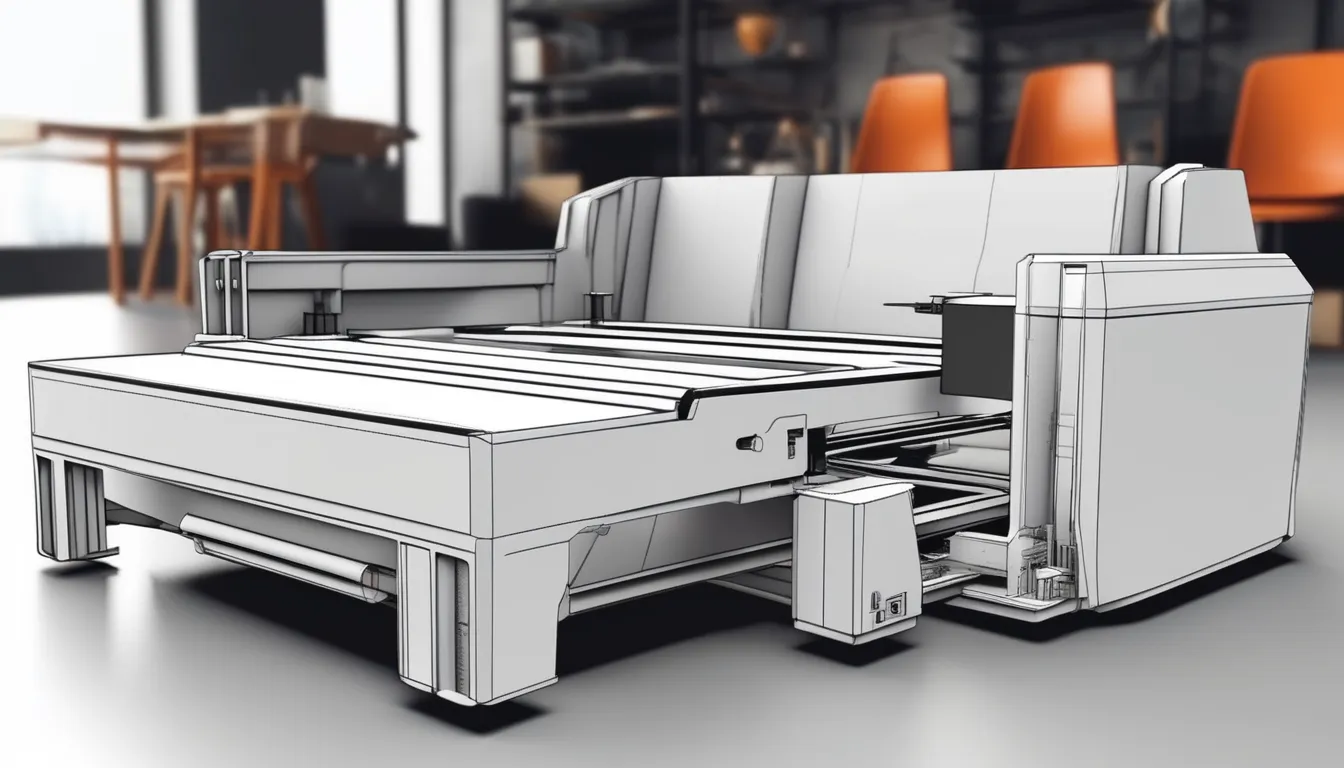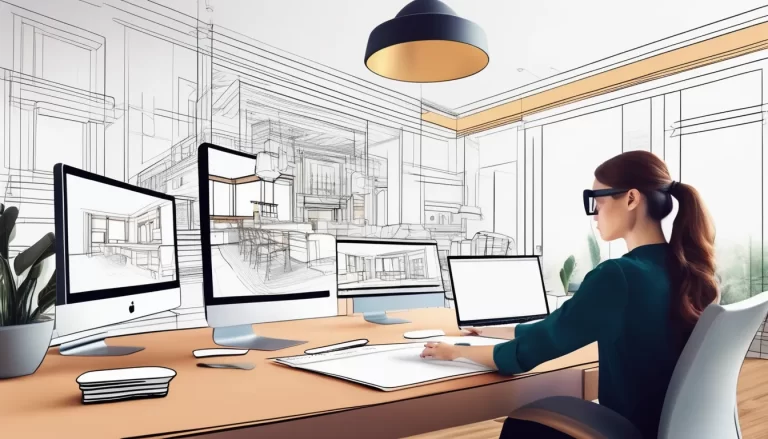From Concept to Reality: The Role of 3D Printing in Modern Architecture and Design

3D printing has made a profound impact on the architecture and design industries, allowing for the creation of complex structures and objects that were once unimaginable. Here’s how 3D printing is transforming the field of architecture:
1. Rapid Prototyping and Model Making
3D printing has revolutionized the process of creating architectural models. Traditional methods of model-making can be time-consuming and expensive, but with 3D printing, architects can quickly produce detailed models at a fraction of the cost. This allows for faster iterations and more accurate representations of design concepts, enabling architects to test and refine ideas before construction begins.
2. Customization and Flexibility
One of the key advantages of 3D printing is the ability to create highly customized designs. Architects can produce unique elements tailored to specific project requirements, whether it’s custom building facades, intricate interior details, or bespoke furniture. 3D printing offers unparalleled flexibility in design, allowing for the creation of geometrically complex shapes and structures that would be difficult or impossible to achieve through traditional construction methods.
3. Sustainable Construction Materials
As the architecture industry embraces sustainability, 3D printing is playing a role in reducing waste and utilizing eco-friendly materials. Innovations in 3D printing technology have led to the development of biodegradable, recycled, and sustainable materials that can be used in construction. For example, some 3D printers use concrete mixtures with recycled materials or plastics that are sourced from ocean waste. This helps reduce the carbon footprint of the construction industry and promotes more sustainable practices.
4. Large-Scale 3D Printing for Building Construction
While 3D printing has traditionally been used for prototyping and small-scale projects, large-scale 3D printers are now capable of constructing full buildings. In recent years, we’ve seen the development of entire 3D-printed homes, bridges, and even offices. These large-scale 3D-printed structures are not only faster to build but also cheaper, as they eliminate the need for traditional labor-intensive construction processes.
5. Reducing Construction Costs and Time
By automating the construction of complex elements, 3D printing significantly reduces the time and labor required to build structures. Large-scale 3D printing can construct buildings much faster than traditional methods, which is especially beneficial in regions with a housing shortage or where speed is crucial. This efficiency also translates into lower costs, making 3D printing an attractive option for developers and contractors.
6. Future Potential of 3D Printing in Architecture
The future of 3D printing in architecture holds immense potential. With further advancements in materials, such as printable concrete, metal, and composites, 3D printing could become the standard method for constructing everything from residential buildings to infrastructure. As the technology continues to improve, architects will be able to push the boundaries of design and construction even further.
Conclusion
3D printing is transforming architecture by enabling rapid prototyping, reducing costs, and allowing for highly customized, sustainable designs. As the technology continues to advance, it will open up new possibilities for architects and designers to create innovative, efficient, and sustainable structures.






